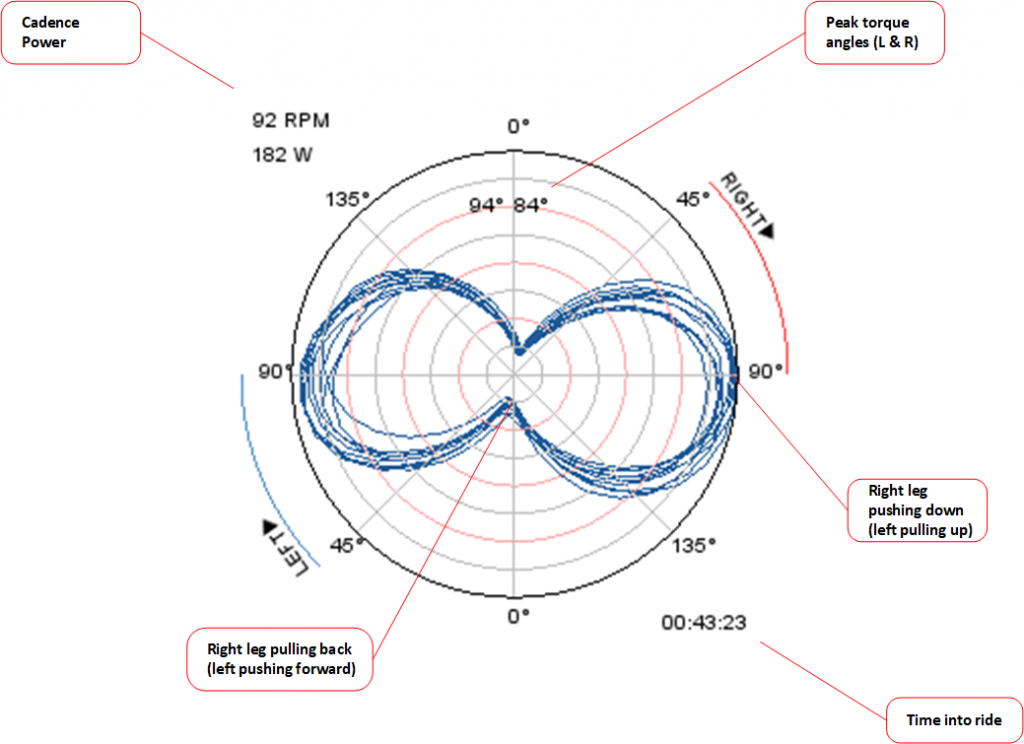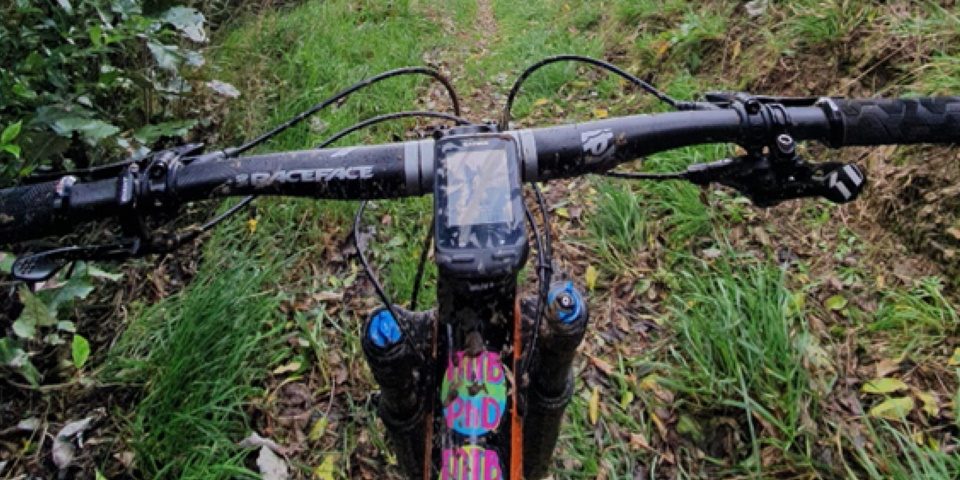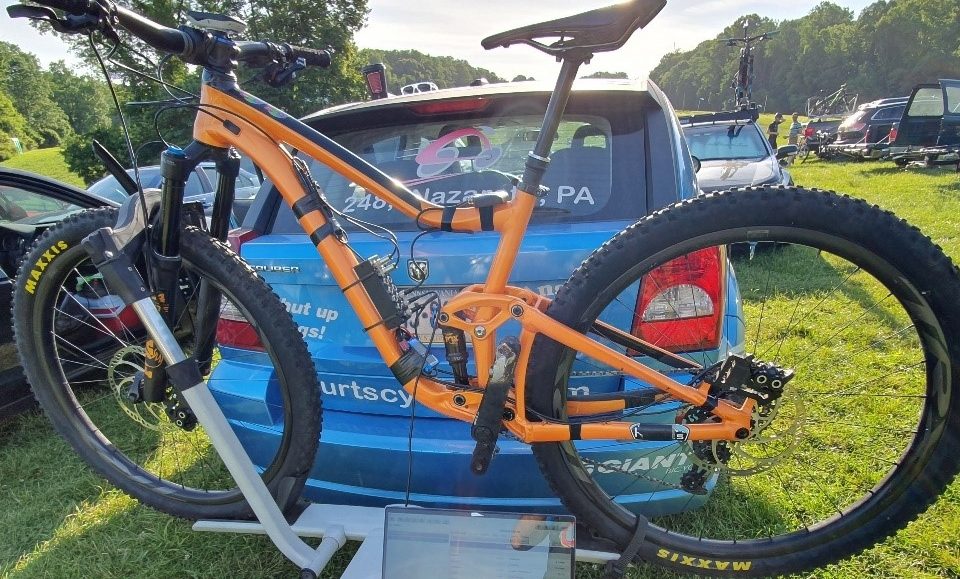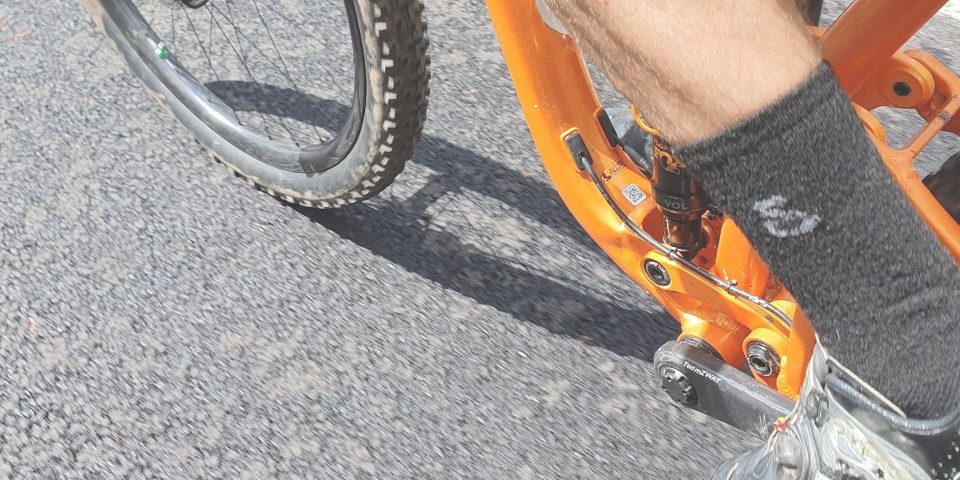Training

Are you pedaling squares? – Guide to pedaling technique
Believe it or not, one of the main goals amongst cyclist is perfecting pedaling technique. Why? Simply because if you master the pedal strokes you will be able to pedal more effectively, therefore, applying more power and ultimately you become faster over longer riders with less effort.
So are you pedaling squares?
If you are new to cycling or just received your first clip-less pedals and realized by pulling you can generate a lot more power than the answer is yes you probably are pedaling squares (also called the pull/mash technique). Obviously, it is not all that bad because that creates a stronger drive compared to flat pedals but it also means a so-called “poor” recovery in one revolution. Don’t worry I am speaking of experience :).
So let’s look at one of my old raw data I pedaled with the Zpider and recorded through our TeamZWATT app.
What you see below is what we call the “peanut plot”. This has become our internal word for a polar plot of crank torque versus angle… because it looks like… a peanut.
Here is an example of this type of plot from one of our internal tools.

To understand this type of plot, you have to imagine looking at the bike from the side with the front wheel to the right.
At the top of the plot, the right crank arm is pointing up. This section is where I was pushing forward with the right leg and pulling back with the left leg. You can see a dead spot at the top and the bottom of the pedal stroke when you see the curve being close to the center in this section, this is exactly the thing to focus on during the training.
The right side of the plot my right leg is pushing down (and the left is pulling up). Left and right side of the plot is where most of the power is transferred. In this plot, you can see a pretty even left/right effort. Thanks.
Here are a few tips from Sports Scientist Eddie Fletcher that help me to get better:
- Get a good pair of cycling shoes
- Adjust your cycling position
- Stay Seated
- Imagine scraping mud off the ball of your foot to help extend the leg drive and improve the transitions.
- Keep on practicing
A simple way to look at it is, that the more you can make the plot look like a circle, the more evenly you are transferring the power. All riders are stronger in the up/down movements than in the forward/backward movements. This is basically the reason some riders prefer oval (or even more odd-shaped) chainrings, so you get through the top/bottom section of the pedal stroke and spend more time on up/down sections where you can transfer more power. For the top/bottom section, be aware that this is harder to do when standing on the pedals. Much easier to do when you sit in the saddle.
Would you like us to analyze your pedaling technique? The only thing you need to do is sharing your ride with us through the app. We are selecting one lucky rider each day to provide a short but comprehensive analysis of pedaling technique.
Do you have any urgent questions or would you like to share your TeamZWATT story with us? Send us a mail at hello@teamzwatt.com






